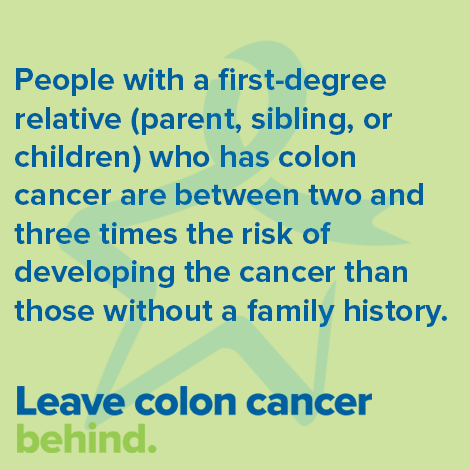As a content strategist, I like to think I’m beautifying the online world, one website at a time. Here is just one example of the mistakes I see brands making every day:
1. Your brand is missing.
You aren’t telling your brand story unless you are telling your brand story! Is the copy and imagery on your site brand-enhancing or brand-damaging? Are you using your brand voice? A consistent, authentic tone? Are you considering your audience? Are your mission, vision, values, passions, and tagline shining? People experience your brand everywhere that you communicate, especially on your website, so it’s in your best interest to make that experience the best it can be.
2. You can’t find your voice.
From which perspective do you tell your brand story? Are you speaking directly to the reader, or are you using 3rd person to generalize the copy? Chances are you’re flip flopping between the two unintentionally. Depending on your audience and industry, one may make more sense than the other (although I favor the conversational second person), but whichever way you go, make sure you’re consistent.
3. You’re hard to get ahold of.
Believe it or not, many websites unintentionally make it difficult for people to contact them. If it’s not missing a contact page altogether, I’ll find it hidden in a secondary navigation or my only option will be to fill out a contact form in order to reach someone. Ideally, your contact page should be easy to find and include several different ways to contact you.
4. Your information is messy.
Content organization is an art, and not everyone is inherently good at it. And as time goes on, best practices evolve. Most websites out there could use a makeover when it comes to what content goes where. How can this information be condensed and simplified? How can we make this navigation easier on the eyes? How can we reduce the amount of clicks it takes to get people to the information they need? What vital content is missing? What can be rearranged? These are all questions I ask myself during a content audit.
5. Your information is too complex.
Many websites get too caught up in trying to position themselves as industry leaders that they sacrifice user experience. The truth is that today’s people are internet savvy and looking for instant-gratification. They don’t want to read paragraphs upon paragraphs of copy to understand your value proposition,. And if you hide key information under layers of sub-menus, your readers are going to jump ship before they see all the goodness you have to offer. The key is to be up-front and bold with copy while getting to the point.
